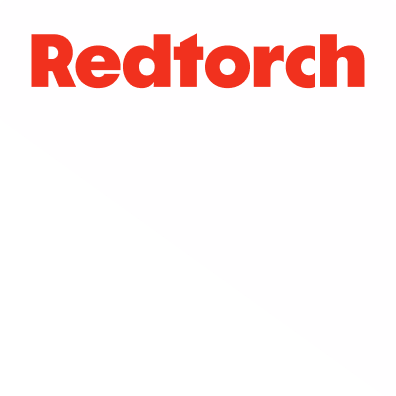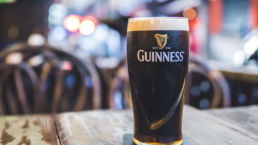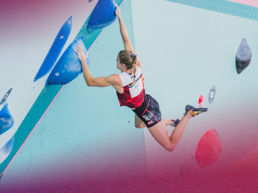We’ve pulled together 5 key examples from marketing guru Mark Ritson’s “Ten Brands That Are Smashing It” webinar to inspire your next big campaigns.
In his talk, a very expressive Mark Ritson analysed the brands that he believes are marketing “over-achievers”. Most of the reasons behind their “over-achiever” statuses can be considered as quite basic, however, it sounds like these remain overlooked by numerous marketers. Here is a brief overview of our five top picks of brands that are killing it and why!
Tourism Australia – Market Orientation:
At the end of 2022, Tourism Australia launched its first global campaign since 2016. With a budget of $40 million, “Come and Say G’day” was produced. The advert follows an animated Kangaroo showing an animated ‘American’ unicorn around the major sights of Australia, ending with a cameo of Australian actress Rose Byrne saying, “come and say g’day”.
The ad and campaign were met with intense backlash from Australian critics and marketers for its perpetuated stereotyping of Australia. However, Australians were not the target market. The campaign was to be rolled out on into markets such as the US and the UK, where things like kangaroos, koalas, or vegemite are novelties. Ritson praised Tourism Australia for knowing their consumer and framing the campaign about them.
Cadbury – Clarity of Strategy:
A few years ago, Cadbury’s sales on its core product, Dairy Milk, were seeing a major decline. This led to a serious need to change the product’s branding and strategy. Cadbury’s solution was the “Glass and a Half in Everyone” campaign which reorientated the brand around its intrinsic purpose – generosity. The campaign is both a reference to the brand’s historical family recipe and the fact that there is kindness in every individual. With this new positioning, Cadbury released a TV advert in 2018.
The ad tells the story of a young girl who enters a corner shop wanting to buy a bar of Cadbury Dairy Milk for her mum’s birthday. She tries to pay using a collection of trinkets, including a button and fake diamond ring, which the shopkeeper generously accepts. The girl leaves the shop with a smile on her face. The ad is so successful because it is clear in its messaging and facilitates a moment of real human connection. With the singular focus on generosity, the campaign boosted Cadbury revenue by £261m over four years!
Who Gives a Crap – Communication with consumer:
Who Gives a Crap is an eco-friendly toilet roll company. In 2022 it increased the price of its toilet paper by 15 per cent. Instead of just rolling out (excuse the pun😉) the new prices, the company sent a letter to all their home delivery subscribers, telling them of the increase. Ritson highlighted aspects of the letter that he thought were good – giving prior notice, explaining the increase, writing the letter in consumer terms, reminding the consumer of their value, remaining light-hearted but acknowledging that this isn’t fun, and specifically calling it an increase (not beating around the bush).
This communication and attempt at maintaining a relationship with the consumer are important. Instead of trying to sweep the situation under the rug or try to slyly get away with it, it is more beneficial to be up front.
McDonalds – Brand building:
Although McDonald’s is the arguably the biggest and most well-known fast-food chain in the world turning over $23 billion a year in revenue, they are still dedicating time and money to brand building. McDonald’s makes use of a mixture of short and long form adverts. Short form adverts promote new products to drive immediate sales. On the other hand, long form adverts focus on a specific, usually emotive, story line to build the McDonald’s brand. The use of both is incredibly important.
Ritson notes that “performance does not build a brand”. Yes, in the short-term, performance on new products is important for ROI. However, in the long-term, brand-building is what drives sales. “Once you get better at the long, you build the short” and I think this is what a lot of other brands forget!
Guinness – Social listening:
Leaving the best till last (in performance not beer) – Guinness. During the pandemic, a lot of people missed being able to have a pint at the pub. Despite being able to have one at home, there was something about the distinctive look and taste of an on-tap pint of Guinness. Several of these people took to social media, expressing that because they missed this so much, everyday objects or things natural occurrences on their daily lockdown walks had started to remind them of pints of Guinness. Using this trend as inspiration, Guinness launched a new campaign, #LooksLikeGuinness, using the distinctive ¼ white, ¾ black configuration in anticipation of the moment that pubs and bars were to reopen.
They also used this concept in print advertising, cleverly creating both a summer and winter style advert to ensure that Guinness could be associated with any time of the year. Not only are all these adverts absolutely genius, but they are also the definition of achieving social listening. As a result, Guinness saw sales soar after bars reopened.





